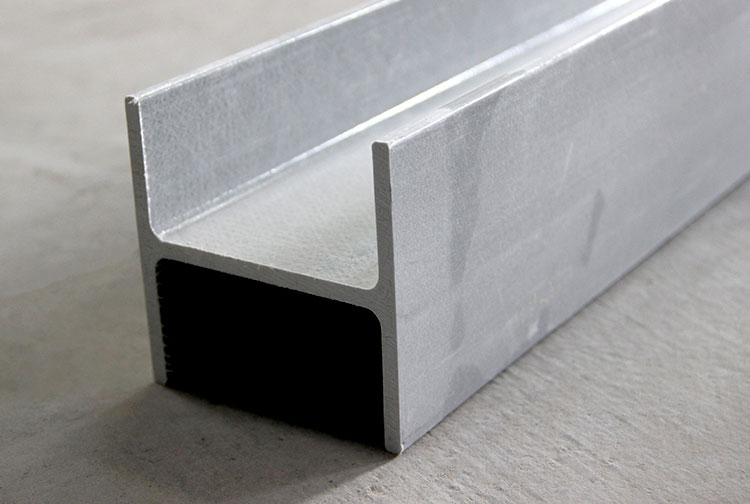In the realm of construction, selecting the right materials for structural components is crucial, especially in environments where durability and corrosion resistance are paramount. Fiberglass reinforced plastic (FRP) I-beams have emerged as a superior alternative to traditional steel beams, offering a unique combination of strength, durability, and corrosion resistance.
Understanding Fiberglass I-Beams
Fiberglass I-beams are engineered composite structures made from high-strength fiberglass fibers embedded in a resin matrix. This combination results in a lightweight yet incredibly strong material that is highly resistant to corrosion, chemicals, and moisture. Unlike steel beams, which are susceptible to rust and deterioration over time, fiberglass I-beams maintain their structural integrity in even the harshest environments.
Advantages of Fiberglass I-Beams
Corrosion Resistance: Fiberglass I-beams are inherently resistant to corrosion, making them ideal for coastal regions, chemical processing plants, and other applications where exposure to moisture, salts, and corrosive chemicals is a concern.
Lightweight: Fiberglass I-beams are significantly lighter than steel beams, reducing transportation and installation costs. This lightweight property also makes them easier to handle and install.
High Strength-to-Weight Ratio: Despite their lightweight nature, fiberglass I-beams offer exceptional strength and can withstand heavy loads. This makes them suitable for a wide range of structural applications.
Dimensional Stability: Fiberglass I-beams are dimensionally stable, meaning they are less likely to warp, twist, or shrink over time compared to wood or metal.
Electrical Insulation: Fiberglass is an excellent electrical insulator, making it safe for use in electrical applications and environments where electrical conductivity is a concern.
Chemical Resistance: Fiberglass I-beams are resistant to a wide range of chemicals, making them ideal for use in chemical processing plants, wastewater treatment facilities, and other industrial applications.
Low Maintenance: Fiberglass I-beams require minimal maintenance, as they do not rust, corrode, or rot. This reduces long-term maintenance costs.
Applications of Fiberglass I-Beams
Marine Industry: Fiberglass I-beams are widely used in marine applications, such as docks, piers, bridges, and boat building, due to their corrosion resistance and lightweight properties.
Chemical Processing: In chemical processing plants, fiberglass I-beams are used for constructing structures that come into contact with corrosive chemicals.
Wastewater Treatment: Fiberglass I-beams are ideal for wastewater treatment facilities, where they are exposed to harsh chemicals and moisture.
Infrastructure: Fiberglass I-beams are used in the construction of bridges, overpasses, and other infrastructure projects, especially in areas with corrosive environments.
Agricultural Structures: Fiberglass I-beams are used in the construction of agricultural structures, such as barns and sheds, due to their durability and resistance to moisture and pests.
Comparing Fiberglass I-Beams to Steel Beams
| eature | Fiberglass I-Beams | Steel Beams |
|---|---|---|
| Corrosion resistance | Excellent | Susceptible to rust and corrosion |
| Weight | Lightweight | Heavy |
| Strength-to-weight ratio | High | High |
| Dimensional stability | Excellent | Can warp or twist over time |
| Electrical conductivity | Non-conductive | Conductive |
| Maintenance | Low | High |
| Cost | Higher initial cost, but lower long-term cost | Lower initial cost, but higher long-term cost |
Conclusion
Fiberglass I-beams offer a compelling solution for construction projects in harsh environments. Their superior corrosion resistance, lightweight properties, and high strength make them an ideal choice for a wide range of applications. While the initial cost of fiberglass I-beams may be higher than steel beams, their long-term durability and low maintenance requirements make them a cost-effective solution over time. By choosing fiberglass I-beams, engineers and contractors can ensure the longevity and reliability of their structures while minimizing maintenance costs.
 +86 15303735673
+86 15303735673 Jessica@frpzs.com
Jessica@frpzs.com
 Technical Data
Technical Data












